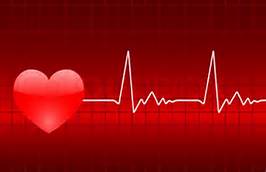A longitudinal cohort study suggested that childhood risk factors contributed both directly and indirectly to adult cardiovascular disease (CVD), and that intervening in the risk factors in childhood should be emphasized to reduce the risk of CVD later in life, especially body mass index (BMI) and low-density lipoprotein cholesterol (LDL-C). The study included 10 634 participants (male 42.4%; mean ages at childhood and adulthood visits 13.3 and 32.3 years, respectively; mean age at CVD event or censoring 49.2 years) from the US, Finland, and Australia from childhood (1970s-1990s) until 2019 with median follow-up of 23.6 years. Childhood risk factors (LDL-C, total cholesterol [TC], triglycerides, systolic blood pressure [SBP], smoking, BMI, and a combined score of these) were associated with CVD. BMI (direct effect for incidence RR per 1 SD unit, 1.18) and LDL-C (direct effect incidence RR, 1.16) were playing an important direct role, whereas the indirect effects, via adulthood risk factor levels, were larger for TC, triglycerides, SBP, and the combined score. Childhood smoking only affected CVD via adulthood smoking. Life-course models confirmed that for the risk of CVD, childhood BMI plays nearly as important role as adulthood BMI, whereas for the other risk factors and the combined score, adulthood was the more important period. The findings support early-life strategies for CVD prevention. Source: https://jamanetwork.com/
